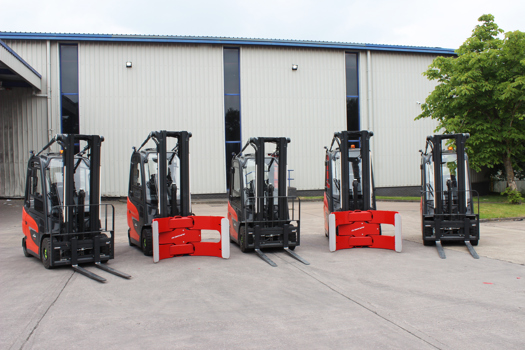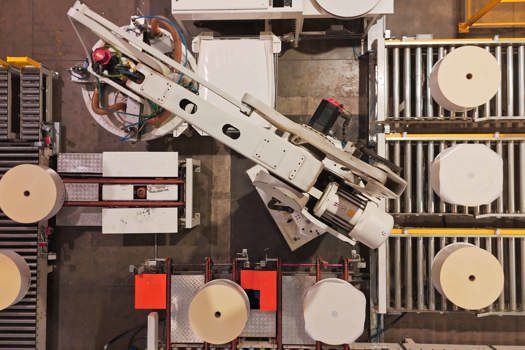The new technology is intended to reduce non-uniformity in inkjet output caused by variation within a printhead, between heads or wear on the head itself, which can create a curved 'smile' effect on the finished print.
ScreenPro 2.0, launched on Tuesday (10 July), addresses each printhead nozzle separately, which the company said results in finer granularity and an even tone.
It can be added to new or existing inkjet presses as either a cross-platform development component, integrated into the workflow, or as a branded user interface.
Product manager Tom Mooney said: “We have been working on the next stage of ScreenPro very much in depth, taking a step back to look at the further problems that screening software can address.
“It was the smile effect – in which the density of the ink varies as it is applied across the web – that kicked off this particular project and now we see significant futures in PrintFlat.
“This allows print service providers to produce inkjet-made print that can be sold to clients. It may not be perfect, but as we continue to develop the technology perfect is certainly the aim. ScreenPro could be the difference between print that is sellable and print that is not.”
Non-uniform ink density distribution can create visible banding on inkjet output. The PrintFlat component of the ScreenPro 2.0 engine addresses this by automatically “tweaking” the voltages of the heads – a process that can be time-consuming and damaging to the heads if done manually, according to Mooney.
ScreenPro 2.0 is able to send screening data to the printer in real time at production speed, and is designed to improve performance. It also features capabilities from the previous version, including addressing defects such as chaining and mottling.
It can use screen applications designed by Global Graphics to address specific defects – including the recently-announced Mirror and Gloss. Mirror prevents mottling on non-absorbent substrates and Gloss improves printing on absorbent substrates for packaging and labels such as paper and corrugated board.
Cambridge-based Global Graphics, which turned over €20.5m (£17.9m) internationally last year, will continue to work on developing its inkjet software technology through the year.
Chief technology officer Martin Bailey said: “Normal presses used to run 600dpi resolution at four-colour. Now people want 1,200dpi and CMYK is no longer enough – they want white, varnish or OGV. We want to respond to those trends by continuing to advance our screening software.”










